Gated content isn’t dead.
It’s just dying.
A slow, drawn-out, exceedingly painful death.
It will always be around in one shape or form. It will always serve a purpose.
That doesn’t mean we shouldn’t look elsewhere, though.
That doesn’t mean we shouldn’t explore better, faster, easier methods.
Why Gated Content is Failing
For years, we’ve been taught to take our best content and “gate” it with an email opt-in form.
That way people had to give you their name, email, phone, company, and sometimes more to access the exclusive content, discount, etc.

So we did that. For years and years and years and years and years.
It worked so well that we even applied this same exact tactic to Facebook in the early days.
People were incentivized with something of interest by putting it behind a Like gate to generate new leads.
Then we would often string together a complex scenario with nurturing emails and follow-ups in the hopes that more and more people would someday… eventually… hopefully… buy.
- Someone opts-in to the gated content.
- They’re added to an email sequence.
- Nurturing emails run for 30 days.
- Marketers look for a sign from the heavens above that this person looks “qualified.”
- If so, we pass along to sales or reach out to them ourselves.
- And then we finally make it official with a first call.
I don’t have to tell you that the effectiveness of this approach has started to decline.
You already see it.
It’s right there in your numbers.
Marketing automation techniques like this can work well, reportedly increasing leads by 451 percent. But as many as 85 percent of B2B marketers aren’t happy with the results they’re seeing.
One reason is that consumers today are favoring other tactics to help them get what they want without the added friction of opt-ins.
These alternative tactics also help deliver the goods to people faster and easier.
Don’t neglect speed.
One Harvard Business Review report showed that your chances of qualifying new leads drop 400 percent when it takes longer than five minutes to follow up with them.
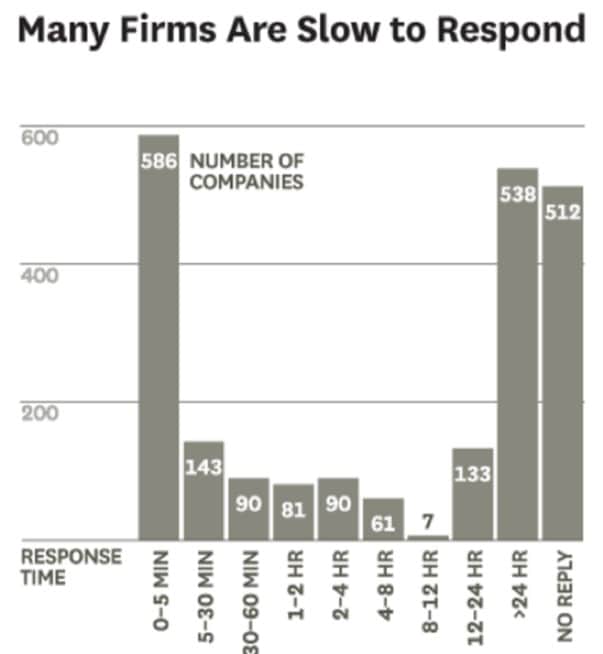
But again, this isn’t a channel vs. channel debate. Instead, it’s a channel + channel one.
Here’s why.
Customer Journeys Are Becoming More Fluid
More people access the internet and search for things on mobile devices today than on desktop.
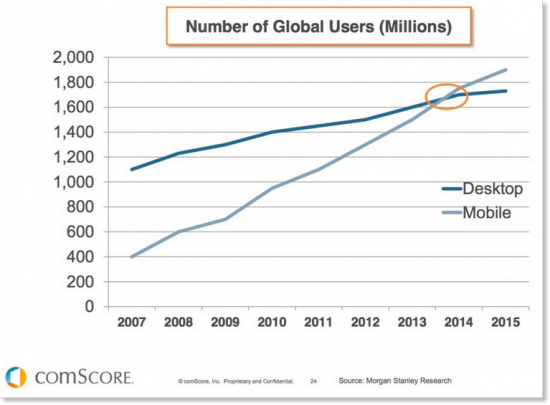 Most customers commonly use multiple devices and multiple channels when browsing for their next purchase.
Most customers commonly use multiple devices and multiple channels when browsing for their next purchase.
In fact, the number of people doing this only increases as the prospective purchase price goes up.
That’s why it takes multiple touches (as much as a dozen in some cases) with a brand before someone will hand over their credit card.
Different tactics influence different stages of the buying cycle, like so:
- People often find out about your brand through brand building, display advertising.
- They’ll conduct “generic” searches around their problem, pain point, and potential alternatives.
- Before finally conducting “brand” searches or following up via a targeted email campaign to buy.
In other words, “one and done” doesn’t exist today. No single campaign or channel will deliver what you’re looking for (namely, more profitable buyers).
Nowhere is this better illustrated than email marketing.
Email marketing conversions have historically dominated almost every channel.
But now you have a few converging factors sabotaging your success.
First, there’s the volume problem.
Email marketing – the Golden Goose online for so long – now faces the weight of a trillion other emails sent.
That’s not even the worst part, though. This is.
Email service providers are starting to proactively filter out your junk messages.
Promotional emails are spotted from a mile away with machine learning. Then it’s automatically re-routed away from your inbox before you ever lay eyes on it.
Email marketing tools, like MailChimp, now have to use sophisticated techniques like “taste-testing” to see if your email blast even has a chance to get delivered before sending the whole thing.
If they spot any issues after just sending a few messages, they won’t hesitate to kill your entire campaign and suspend the account before reviewing the contents.
See what you’re up against?
An entire industry is turning against you.
The trick isn’t to just blindly send more email like a bull in a China shop. It’s to send better email.
And then retarget users in multiple channels to make sure they see them.
Here’s why.
Facebook and Salesforce took 565,000 subscribers and split them into three groups:
- Those who only received emails
- Those who only received ads
- And those who received both
You probably already know what happened next.
The third group that received both emails and ads were “22 percent more likely to purchase.”

Not only that, but the addition of news feed ads also helped, “extend email campaign reach by 77 percent.”

Digital marketing today is often the sum of its parts.
There’s real, honest-to-goodness synergy that takes places when you use multiple channels together, largely because your marketing efforts end up mimicking the way people already like to shop.
Smart marketers have already known this for years.
That’s why we invented things like gated content – so that we could use paid campaigns to generate demand, and forms to force people into giving us their follow-up information.
Then we could email them, call them, and generally harass them until they told us, “Enough!” (by unsubscribing) or “Tell me more!” (with a demo request).
Only one problem with this approach…
It worked well until it didn’t. So here’s what you can do.
Stop Gating Content! Try These Tactics Instead
What do you do when conversions are low?
You go back to the landing pages. You go back to the email campaigns.
There’s gotta be a split test in here somewhere that can work.
Surprisingly, one of the best ways to increase conversions actually has nothing to do with directly increasing conversions.
Here’s what I mean.
✅ Brand Recognition
A few years ago, Nielsen ran a survey to pinpoint why people purchased. They wanted to know, specifically, what elements lead to someone finally pulling the trigger.
It wasn’t a button color. It wasn’t a clever subject line hack.
It was the brand name.

SurveyMonkey supported this position when they discovered that 70 percent of consumers click on “known retailers” first.
MarketingExperiments followed up with a conversion test that changed one major variable: Branding.
The ‘branded’ page outperformed the non-branded one with a 40 percent increase in total subscriptions.
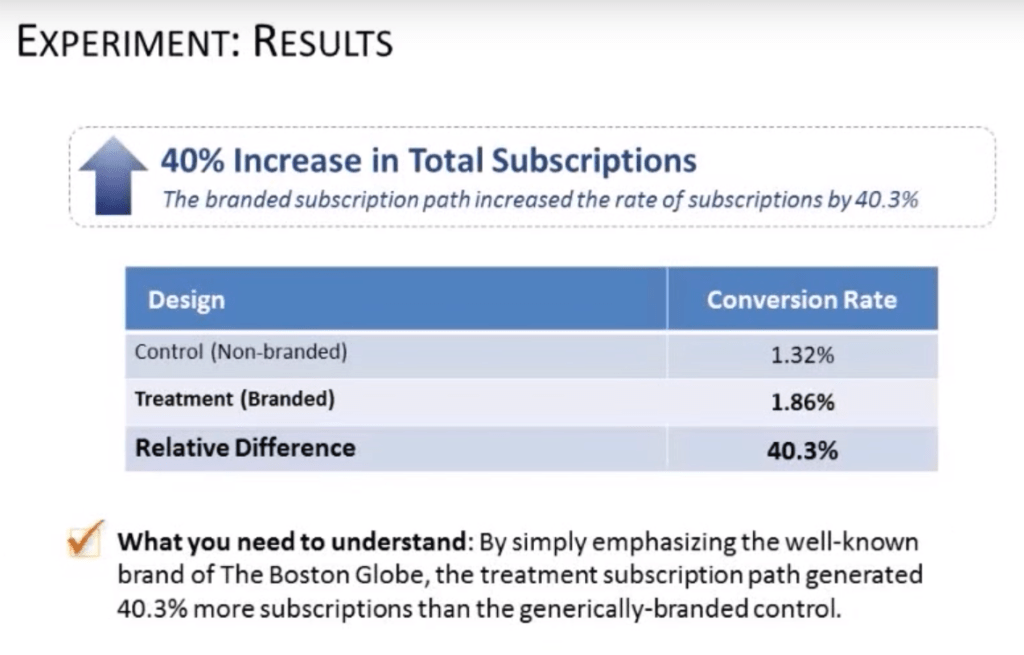
TL;DR?
Raise bottom-of-the-funnel conversions by increasing top-of-the-funnel recognition.
✅ Real-time Messaging
Nobody likes making phone calls today.
So it should be no surprise that 73 percent of consumers prefer live chat and messaging options over phone and email support.
Instead of calling in and waiting… waiting… still waiting… issues get resolved within 42 seconds.
Today’s live chat also doesn’t suck like it used to.
For example, aiding your overworked customer service department is fine. But it ain’t gonna help you much.
The conversion rates some messaging apps are driving will turn your head, though.
Influx, for example, is now generating 27 percent of their inbound leads through messaging.
Compare that to your eBook opt-in rate of a percent or two.
That’s what I thought.
Messaging also gets 15x more engagement than it’s slow-as-a-snail email counterpart.
All of these developments led Drift to ditch forms entirely for over a year.
Sure, they’re biased. They are a messaging company, after all.
But read between the lines.
They still generated leads using a variety of other methods.
But no forms also meant they started upgrading the content they did put out.
That’s critical in a world where more brand recognition leads directly to more sales.
Especially when the bar for content quality continues to rise.
Orbit Media’s excellent blogging trends analysis shows that both word count and creation time is trending up-and-to-the-right.
(And not necessarily in a good way for those of us who have to churn it out.)
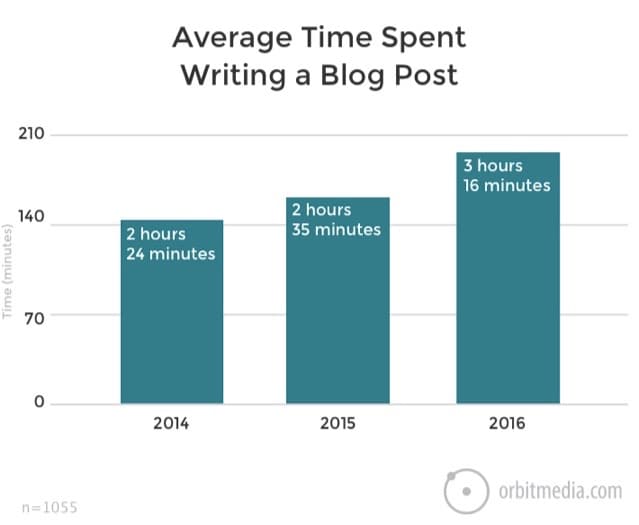
✅ Social Retargeting
Social advertising lacks intent.
People don’t go to Facebook looking to buy. It can never compete with AdWords on that level.
It does have something else going for it, though.
Custom audiences allow you to laser target user behavior. It’s like you can read their mind.
The Salesforce + Facebook example from earlier used custom audiences.
You can create these audiences based on who’s visited your site, downloaded something in the past, or even just interacted with you on Facebook.

Then you can get granular to segment people based on their exact interaction.
Now, you can tie ads to these people that will deliver the Holy Grail of right message, right person, right time.
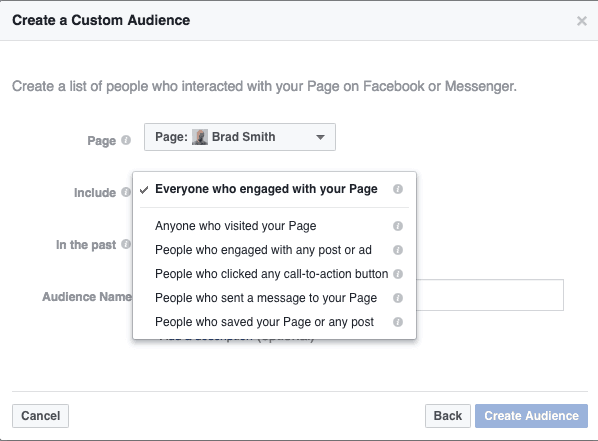
You can even take this down to the individual page level.
For example, if someone only looks at your blog posts it’s safe to say they’re just browsing.
But you know they mean business when they hit both your Pricing and Case Study page in the same session.
Both Twitter and LinkedIn have introduced similar audience targeting options.
Twitter calls them Tailored Audiences. LinkedIn calls them Matched Audiences.
Different names, different platforms, same use case.
✅ Tripwires
Low-priced product companies have it easy.
They can just fire up a few basic ad campaigns to start driving sales immediately.
But what if you sell expensive products or services?
What if you have a longer sales cycle?
If possible, transform it into a shorter one.
Here’s what I mean.
The gated content playbook forced us to route people around our collateral like a maze. Part of it was worthwhile. Part of it was redundant.
The end-goal is still the same, though, no matter how many hoops you force a prospect to jump through.
Just make it easier for someone to buy!
That involves two things:
- Create a tripwire or some other low-priced, trial-based offer
- Use a risk reversal to remove all doubt
Tripwires sound like something new-aged. But they aren’t.
Like many of the best marketing tactics, they’ve been around for decades.
Check out this Digital Marketer Facebook Ad example. It’s promoting a bunch of stuff for only a single buck.
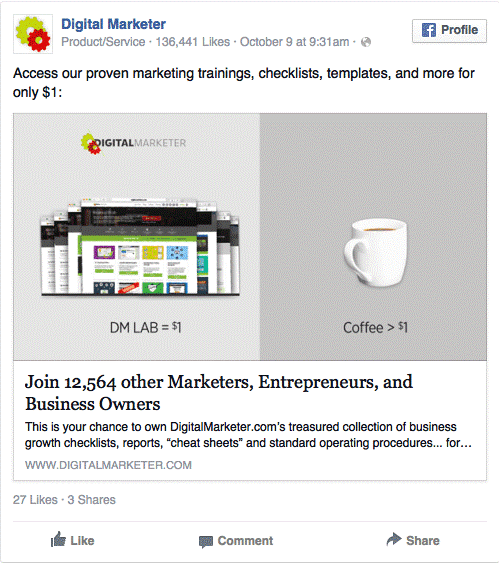
Now, here’s the equivalent ad from a few decades ago.

It’s not always possible to re-work the front-end of your conversion funnel.
But a little ingenuity could be worth it.
Especially when you can ditch all the forms and just focus on driving new leads, instead.
Conclusion
Consumers shop differently today than just a few years ago.
We bounce around from device to device. And we use many different channels to learn more about a company before doing business with them.
That means our marketing approach needs to evolve, too.
Gated content had its moment in time.
It worked. It still does to a certain degree.
But for how much longer, we aren’t sure.
You don’t have to ditch every form and gate overnight. They still have their place in your playbook.
However, you should start coming up with a Plan B or Plan C, ASAP.
Because it’s no longer a matter of if, but when.
Image Credits
Featured Image: Tama66 /Pixabay.com
Screenshot by Brad Smith. Taken August 2017.
In-post Photo: Harvard Business Review
In-post Photo: Smart Insights
In-post Photo: Salesforce Marketing Cloud
In-post Photo: Facebook
In-post Photo: The Nielsen Company
In-post Photo: MarketingExperiments
In-post Photo: Orbit Media Studios
Screenshot by Brad Smith. Taken August 2017.
Screenshot by Brad Smith. Taken August 2017.
In-post Photo: AdEspresso
In-post Photo: Swipe-Worthy





